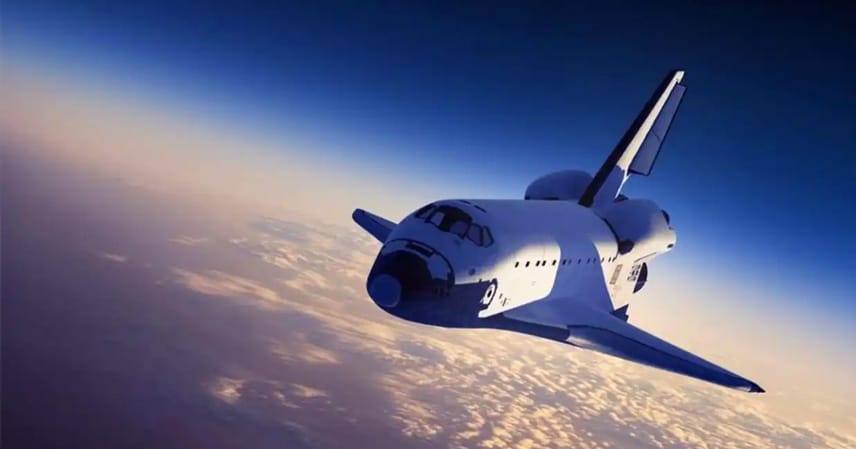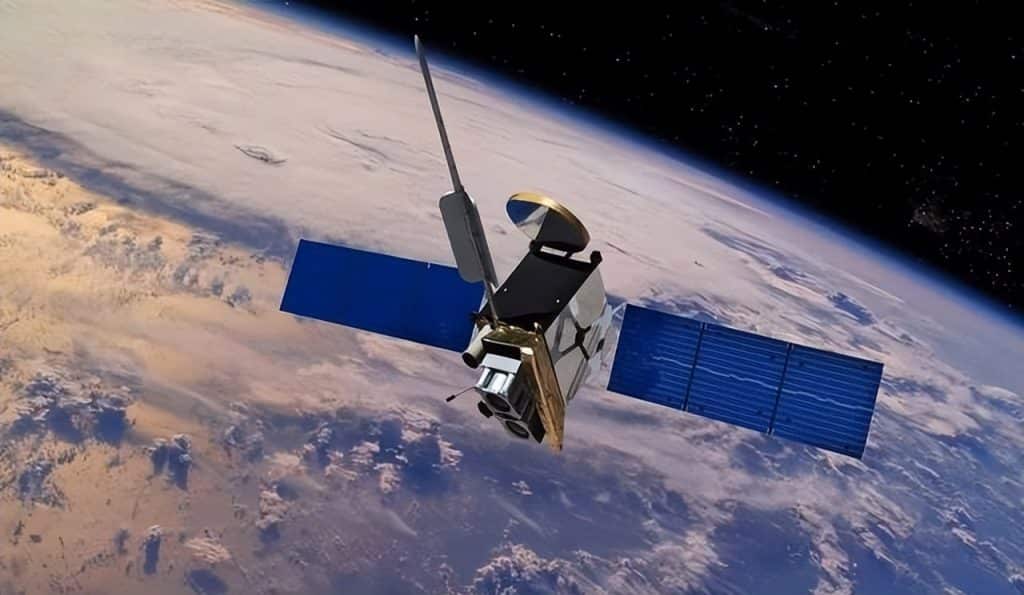Once displayed in NASA museums as a relic of the past, the space shuttle concept has found new life in China. On October 29, 2024, China’s Manned Space Engineering Office announced the winners of its low-cost space station cargo program, and Chengdu Aircraft Corporation’s “Haolong” reusable cargo spaceplane was among them.
The reason is straightforward: this shuttle-like craft is cheap, reusable, and has already proven it can fly. What the U.S. once abandoned due to costs and risks has now been re-engineered into a key for China’s future space logistics.
NASA’s Shuttle: Glory and Collapse
From the Columbia’s maiden flight in 1981 to the Atlantis’s retirement in 2011, America’s five space shuttles made 135 missions in 30 years. They launched satellites, ferried astronauts, and even returned research payloads from microgravity.
NASA envisioned the shuttle as a reusable “space truck”—a vehicle that could operate like both a rocket and an airplane.
But reality was harsh. The shuttle was “usable but unsustainable”:
- Each flight required months of maintenance, especially the painstaking inspection and replacement of fragile thermal tiles.
- The main engines were complex and costly, with each burn likened to “torching a mansion.”
- A single mission cost hundreds of millions of dollars, far from the original low-cost, high-frequency vision.
By 2011, NASA grounded the fleet. The program had become a technological marvel but an economic burden, leaving shuttles as museum pieces rather than working machines.
Chengdu’s “Haolong”: Solving the Right Problems
Unlike NASA, Chengdu Aircraft Corporation (CAC) didn’t aim for the most advanced shuttle—it aimed for the most practical one.
- No main engines onboard: Instead of carrying huge liquid hydrogen engines, Haolong rides atop commercial rockets like the Zhuque-3, handling only orbital maneuvers. This cuts cost and complexity in half.
- Military aerospace tech repurposed: Haolong borrows composite materials and thermal protection coatings from the J-20 stealth fighter, allowing an integrated fuselage and heat-resistant ceramic belly. Unlike the U.S. shuttle, it doesn’t need thousands of tiles replaced after each mission.
- Airplane-style recovery: With a blunt-nose body and delta wings, it glides back and lands on a runway, eliminating the need for ocean recovery ships.
Performance-wise, Haolong can fly over 100 times, carrying 2 tons of supplies up and bringing 1 ton of waste down. Its operating cost is half that of traditional disposable cargo ships—exactly the dream NASA couldn’t achieve.
From “Copying” to Innovating
Critics say Haolong is just a “revived shuttle.” In reality, it’s not a copy but a reinvention. The U.S. chased peak performance; China prioritized engineering efficiency and operational sustainability.
- Think of the U.S. shuttle as an Olympic race car, while Haolong is a reliable delivery truck—less glamorous, but built for real work.
- Haolong relies on commercial rocket launches, meaning state programs and private companies now collaborate in China’s space ecosystem. This hybrid model reduces costs and speeds up development, putting China ahead in building a scalable space logistics network.
Why It Matters: Beyond the Shuttle Look-Alike
Space cargo isn’t just about delivering boxes to the space station. It’s about whether a nation can sustain long-term orbital operations, support space science, and even lay the groundwork for future lunar bases.
China’s space agency openly stated: “Haolong aims to provide sustainable solutions for space station operations.” The message is clear: China is not following old maps—it is drawing its own.
The U.S. defined what a space shuttle looks like. China is showing the world how to actually afford one.
Conclusion: Pragmatism as the Ticket to the Future
The birth of Haolong represents both a technological revival and a strategic pivot. It avoids over-engineering, focuses on cost-effective reusability, and integrates civilian and military aerospace advances.
Space progress isn’t about who flies higher once—it’s about who can fly longer, cheaper, and more reliably.
China’s “Haolong” proves that the shuttle dream didn’t die—it just needed a new approach. And with it, the future of global space logistics may now be rewritten in Chengdu.



